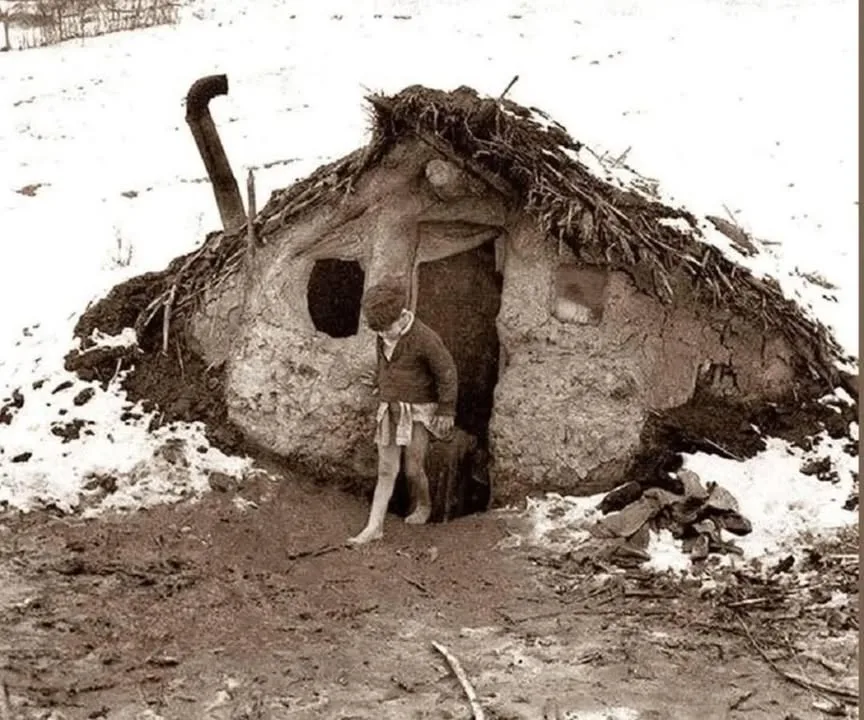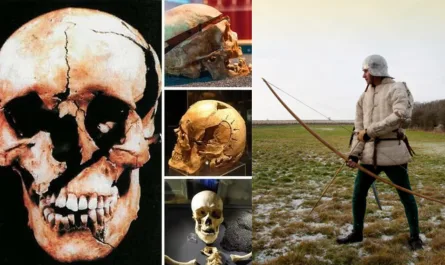The iconic image of the Romanian bordei – that intriguing semi-subterranean dwelling – paints a picture of simplicity and harmony with nature. But delve deeper, and you uncover a story of remarkable ingenuity, communal spirit, and a profound connection to the land that transcends mere architecture. Let’s unearth the layers of detail that made the bordei a cornerstone of rural Romanian life, especially in regions like Teleorman County, well into the early 20th century.

Engineered by Nature: The Bordei’s Architectural Brilliance
At its core, the bordei was a marvel of passive environmental design. Its partially underground construction was no arbitrary choice; it was a sophisticated response to the region’s climatic extremes. The earth itself served as a colossal thermal mass, absorbing heat in summer to keep interiors cool, and radiating warmth in winter, significantly reducing the need for extensive heating – a crucial advantage in times of limited resources. Imagine the contrast: a cozy haven nestled within the earth, offering refuge from biting winds and scorching sun, a testament to vernacular wisdom preceding modern climate control by centuries.
The construction process, while seemingly rudimentary, involved skilled craftsmanship passed down through generations. After excavating the earth for the main pit, the walls were typically fashioned using a wattle-and-daub technique: a sturdy framework of woven sticks or reeds (often willow or hazel) was created, then meticulously coated with layers of clay, sometimes mixed with straw or animal dung for added strength and insulation. This earthen plaster was often smoothed and whitewashed on the interior for hygiene and a brighter living space. The iconic pitched roof, frequently rising just above ground level, was meticulously thatched with straw or reeds, providing natural waterproofing and additional insulation, ingeniously shedding snow and rain.
Life Within the Earthen Walls: Simplicity and Community
Step inside a typical bordei from the early 1900s, and you’d find a testament to functional minimalism. Often a single, multi-purpose room served as living space, sleeping quarters, and kitchen combined. The heart of the home, both literally and figuratively, was a central hearth or a simple, clay-built stove (sobă), radiating warmth and providing the means for cooking nourishing meals. Furnishings were sparse and practical: rough-hewn wooden beds, perhaps a table, and essential storage niches carved directly into the thick earthen walls or simple wooden chests. Life here was intimately connected to daily rhythms and the agricultural calendar, with families rising with the sun to tend fields and livestock, and gathering around the comforting warmth of the fire in the evenings.
The construction of a new bordei was rarely a solitary endeavor. It was a deeply ingrained communal ritual, a “clacă” or “șezătoare,” where neighbors, friends, and family would gather to help, sharing labor, skills, and camaraderie. This not only made the arduous task manageable but also reinforced the strong social fabric of rural Romanian villages.
From Practical Dwelling to Cultural Icon
By 1906, Romania was embarking on a journey of national self-discovery, and traditional elements like the bordei took on a new significance. Ethnographers and cultural historians recognized these dwellings not merely as shelters, but as living embodiments of Romanian folk heritage, resilience, and a distinctive rural identity. They symbolized a way of life intrinsically tied to the land and a history stretching back through the Dacian and Neolithic periods.
While modern construction methods have largely supplanted the bordei today, its legacy endures. Preserved examples in ethnographic museums and scattered remote areas stand as powerful, tangible links to Romania’s past. The bordei remains a profound symbol of a people who mastered their environment, built homes from the earth itself, and forged a resilient culture deeply rooted in tradition and community. It serves as a potent reminder of sustainable living and the timeless wisdom of those who truly understood the land beneath their feet.





